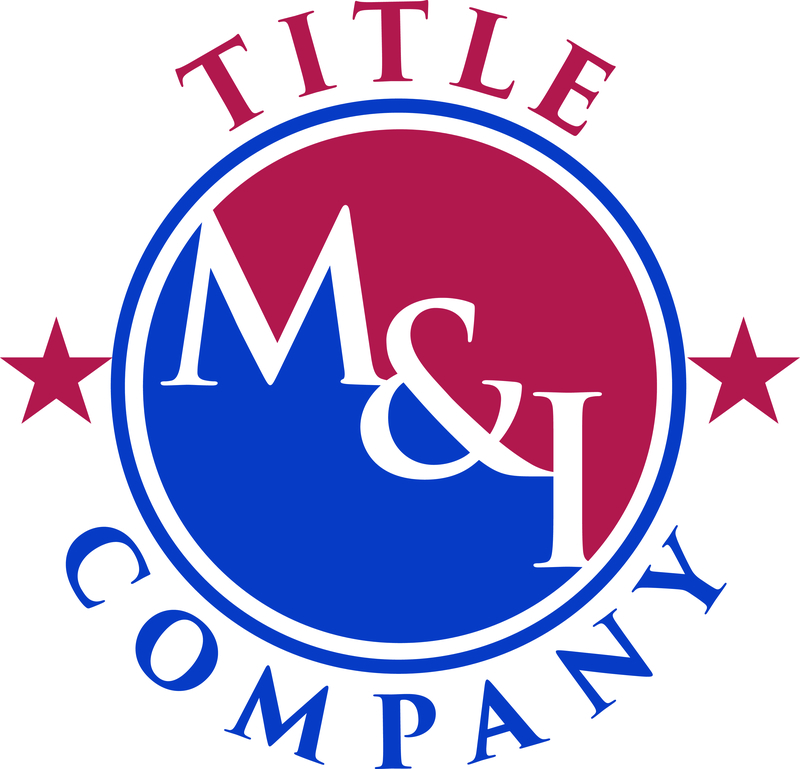By Dennis Norman, on March 24th, 2010 Dennis Norman
According to the latest report from the National Association of REALTORS(R), existing home sales in the US in February decreased 0.6 percent to a seasonally adjusted-annual rate of 5.02 million units in February from a revised level of 5.50 million units in January, however this does represent an increase of 7.0 percent from a year ago when the rate was 4.69 million units (seasonally adjusted).
February’s Numbers Show Real Estate is “Local”
Reinforcing the fact that “all real estate is local” the February Existing Home Sales report paints quite a different picture of the housing market depending Continue Reading →
By Dennis Norman, on February 23rd, 2010 Over Fifteen Percent of Missouri Borrowers are Underwater-Another 5.6 Percent Are Almost Underwater
Dennis Norman
According to a report released today by First American CoreLogic more than 11.3 million U.S. mortgages, or 24 percent of all mortgaged properties, are in a negative equity position meaning the borrowers owe more on their mortgage than their home is worth as of December 31, 2009.
There were approximately 600,000 more borrowers underwater on December 31, 2009 than just three months earlier. In addition, there were an additional 2.3 million mortgages approaching negative equity at the end of last year .
Together, Continue Reading →
By Dennis Norman, on February 11th, 2010 Dennis Norman
Big Losses Are Forecast For Commercial Real Estate and Expected to Crush Some Community Banks-Can the Housing Market Avoid the Fallout?
This morning the Congressional Oversight Panel issued a report, “Commercial Real Estate Losses and the Risk to Financial Stability” which expressed concerns about coming losses in Commercial Real Estate and also described how these losses could affect nearly everyone.
The report states the panel “is deeply concerned that a wave of commercial real estate loan losses over the next four years could jeopardize the stability of many banks, particularly community banks, and prolong an already Continue Reading →
By Dennis Norman, on January 11th, 2010 Dennis Norman
Depending on which estimate you believe, somewhere between one-third and one-half of the homeowners with a mortgage in the U.S. owe more on their homes than their homes are currently worth. This has lead to an unprecedented amount of short-sales and in many cases, a lender “forgiving” you of the short-fall (the amount of your loan your sale proceeds were not adequate to pay) which, in the past could have left you owing taxes on the “forgiven debt”.
For some of those underwater homeowners that are not fortunate enough to do a short sale they may Continue Reading →
By Dennis Norman, on December 17th, 2009 Dennis Norman
Last week I did a post about the Obama Administrations’ Home Affordable Modification Program (HAMP) and showed how it really has not been effective in helping keep families in their homes and avoid foreclosure as was the intention by the administration. When my kids tell me they don’t like the way I want them to do something I usually challenge them with “if you don’t like my way, tell me a better way to do it“. So with this in mind I went looking for an answer to this question.
In my search I ran accross a Continue Reading →
By Dennis Norman, on December 8th, 2009 Dennis Norman
Laurie Goodman, the Senior Managing Director at Amherst Securities, testified today before the House Financial Services Committee hearing on “The Private Sector and Government Response to the Mortgage Foreclosure Crisis“. Amherst Securities specializes in the trading of residential mortgage backed securities and charges Goodman with keeping them and their customers abreast of trends in the market.
Today, in her testimony, Goodman told the committee she hoped to make two primary points in her testimony: “The housing market is fundamentally in very bad shape. The single largest problem is negative equity.” “The current modication program does not address Continue Reading →
By Debi Averett, on November 27th, 2009 In the ongoing debate about whether one should walk away from an underwater mortgage or not, one University of Arizona professor speaks out strongly in favor of taking a hike. According to Brent T. White, an associate professor of law at the University of Arizona:
A failure to grasp the true economics of the situation is holding back many Americans whose home values have dropped far below the amount they owe and who would be better off renting, Mr. White says. Fear, shame and guilt also are preventing rational decisions, he believes. And, he says, those “emotional constraints” are encouraged Continue Reading →
By Dennis Norman, on November 24th, 2009 Dennis Norman
According to a report released today by First American CoreLogic nearly 10.7 million U.S. mortgages, or 23 percent of all mortgaged properties, are in a negative equity position meaning the borrowers owe more on their mortgage than their home is worth as of September 30, 2009.
Here in St. Louis, as of September 30, 2009, there were 87,557 homeowners in St. Louis that were “underwater” on their mortgage, meaning they owe more than their home is worth. This works out to 15.14 percent of the homeowners in St. Louis with a mortgage, Continue Reading →
By Dennis Norman, on November 9th, 2009 Dennis Norman
The percent of American home owners with mortgages in a negative equity position fell to 21 percent in the third quarter of this year, down from 23 percent in the second quarter, as home values stabilized in the short term and more underwater homeowners lost their homes to foreclosure, according to the third quarter Zillow Real Estate Market Reports.
Year-over-year home values in the U.S. declined for the 11th consecutive quarter, falling 6.9 percent to a Zillow Home Value Index of $190,400. However, the rate of year-over-year decline shrank for the third quarter in a row, meaning Continue Reading →
By Charles Hugh Smith, on November 4th, 2009 Loose lending standards in government-backed mortgages is setting up the next wave of defaults and sharp declines in housing prices.
Charles Hugh Smith, Of Two Minds
Beneath the hype that housing has bottomed is an ugly little scenario: lending standards are still loose and the low-down payment, high-risk loans being guaranteed by government agencies are setting up the next giant wave of defaults and foreclosures.
You might have thought that the near-demise of risky-mortgage mills Fannie Mae and Freddie Mac would have cooled the supply of highly leveraged Continue Reading →
By Debi Averett, on November 3rd, 2009 I posted yesterday on the Wall Street Journal article Report Sheds Light on Why Homeowners Walk Away. A couple of commenters on the WSJ article said why they were walking away from their mortgage, and I thought their comments were interesting enough to repeat. The first walker says that as a good borrower he is unable to have his loan modified, the second blames bank policies:
The banks (my lender is CITI) are unwilling to modify mortgages for the people able to pay. I suspect if the people underwater, but with money and good credit – you know, responsible people Continue Reading →
By Dennis Norman, on September 28th, 2009 Dennis Norman
By: Dennis Norman
I came across an interesting chart that I want to share. The chart below, courtesy of Chart of the Day, shows median home prices in the U.S. since 1970 (adjusted for inflation). As you can see from the chart, home prices trended upward from 1970 until peaking in the late 70’s (right around 1979 when I got into real estate, great timing on my part!) and then began dropping until the mid 80’s when prices began a rather rocky and unsteady climb upward.
As the chart illustrates, median home prices really started increasing, and Continue Reading →
By Dennis Norman, on September 15th, 2009 Dennis Norman
Before the sub-prime mortgage implosion Karen Weaver warned of the coming crisis. Karen Weaver, the Global Head of Securitization Research for Deutsche Bank, said last month that she expected home prices to continue to drop through the 1st quarter of 2011. She also predicted that nearly half of the homeowners with mortgages would end up being underwater on their mortgages.
Yesterday Ms. Weaver said that in spite of the recent positive news on the housing market that she had not changed her position and is still predicting home prices to fall another 10 percent before finally reaching Continue Reading →
By Dennis Norman, on August 14th, 2009 Dennis Norman
According to a report issued by First American CoreLogicmore than 15.2 million U.S. mortgages, or 32.2 percent of all mortgaged properties, are in a negative equity position. In addition, according to the CoreLogic report, there are an additional 2.5 million mortgaged properties that are approaching negative equity. Negative equity and near negative equity mortgages combined account for nearly 38 percent of all residential properties with a mortgage. The numbers for St. Louis are a little better than the U.S. numbers. In St. Louis, 170,871, or 29.50 percent of all properties with a mortgage, are in negative equity. Continue Reading →
|
Recent Articles
Helpful Real Estate Resources
|


